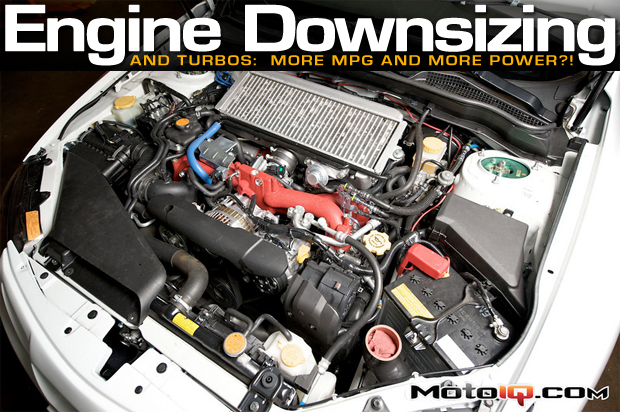,
 |
| After getting tuned at AMS with the Cobb AccessPort, Project STI had a massive 28%-29% torque gain through a good chunk of the rpm range. The gain in area under the curve is huge and completely dwarfs the area gain on Project S2000. Turbo cars are good. |
 |
| A dyno chart from Project Evo X. An intake, exhaust, downpipe, and a test pipe along with a tune gained 80whp. That’s more than double what a S2000 would see with the same mods. |
 |
| For an example outside of the MotoIQ stable, AMS Performance got their hands on a 2012 Mercedes E63 AMG with the twin-turbo 5.5L V8. With ONLY a tune, check out the insane gains they were able to achieve with their Archetype tune. That’s 47% peak torque gain, a max HP gain of about 40% in the mid-range and a peak HP gain of about 20%. Not bad for just a tune right? Did I mention that we love turbo engines at MotoIQ? Oh yeah, check out the super flat stock torque curve from ~45-100mph. |
We can see that smaller displacement turbo engines make more torque and power than their larger naturally aspirated brethren. But how do they get better fuel economy too? The smaller displacement of the turbo engines is the downsizing component. Downspeeding is the other component; downspeeding means spinning the engine at lower speeds while still going the same road speed. Engine downsizing and downspeeding go together hand-in-hand to reduce pumping losses and frictional losses. The reduced loses are translated into improved Brake Specific Fuel Consumption (BSFC) and we can plot these improvements on a BSFC map. We can demonstrate this using the datalogging capabilities of the Hondata KPro on Project S2000.
 |
| I drove the S2000 on the same stretch of road at the same speed (as humanly possible) using third and sixth gears. Going the same road speed should require the same power at the crankshaft of the engine. Sixth gear spun just over 2000rpm, or 35.2 revolutions per second. Third gear was about double the engine speed. Two things to notice are the total injector time and the TPS level. I calculated the total time the injectors were open in milliseconds per one second of engine operation for each scenario. As you can see, spinning the engine at 4k rpms in third gear had the injectors open about 191 milliseconds. However, sixth gear was only spraying fuel for around 113 milliseconds, or about 40% less. Less fuel sprayed to make the same power and go the same speed equals better fuel economy. Another indicator is that third gear required the throttle to be open more as indicated by the TPS. The manifold air pressure for sixth gear and 2k rpms was just a tiny bit higher (indicating less pumping losses) than in third gear at 4k rpms; but I’d say there were basically the same as it seemed to be within sensor resolution. |



